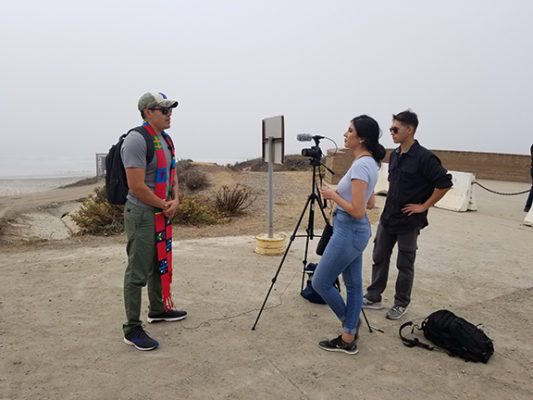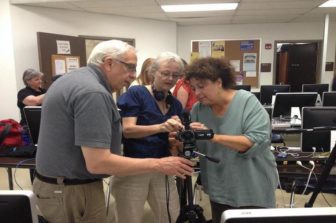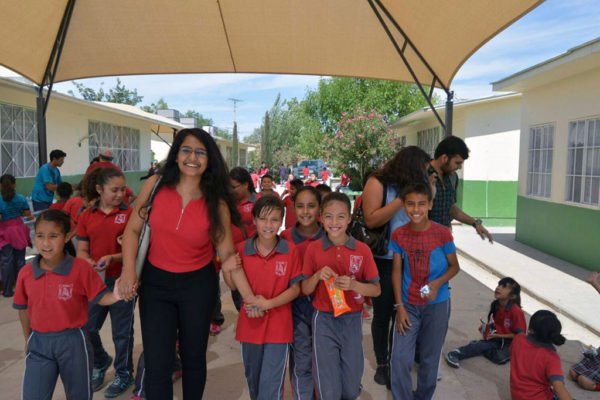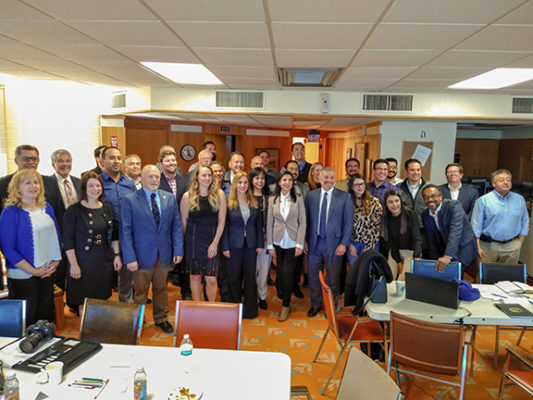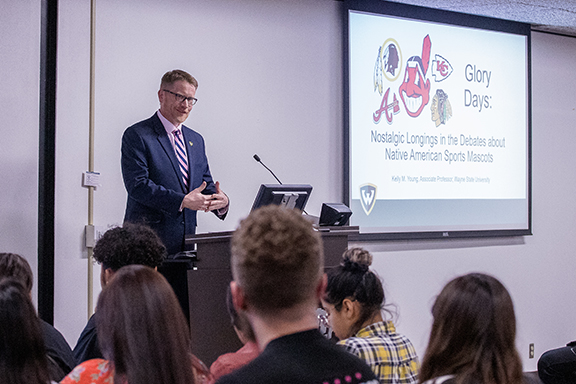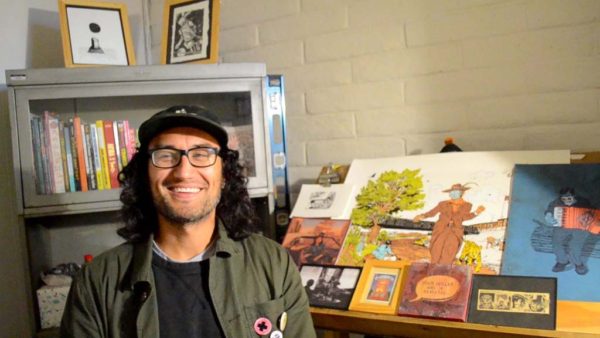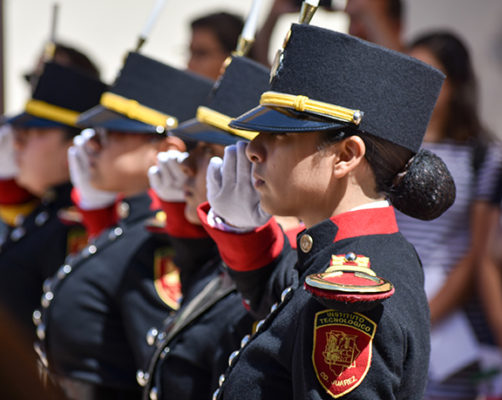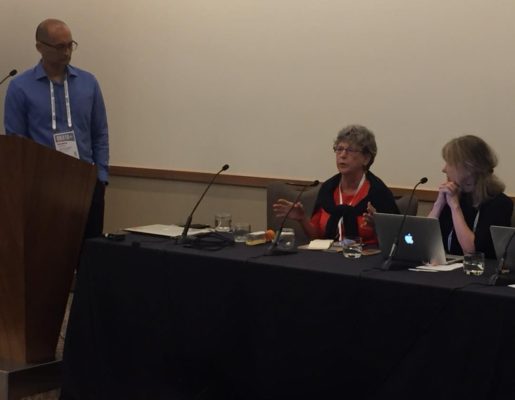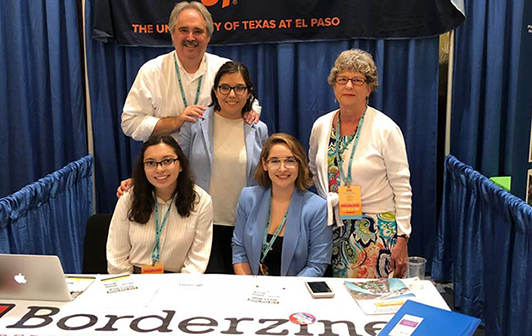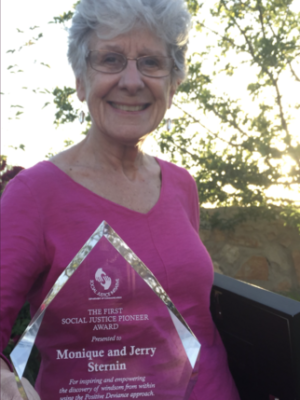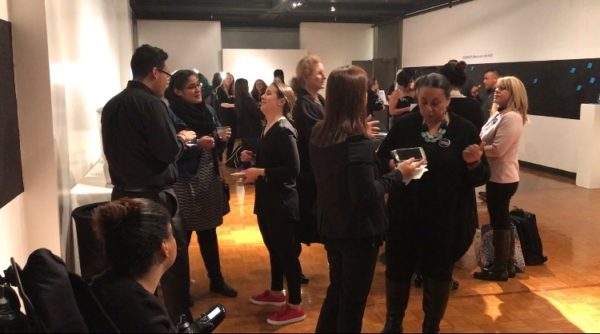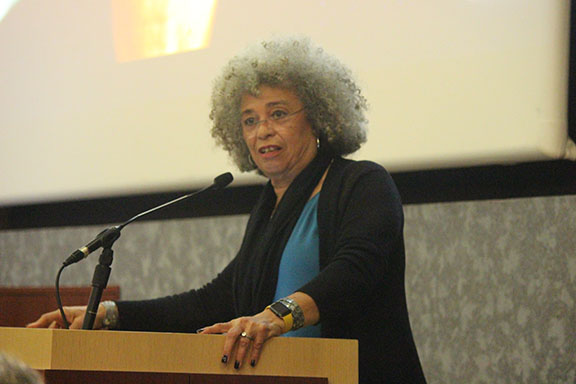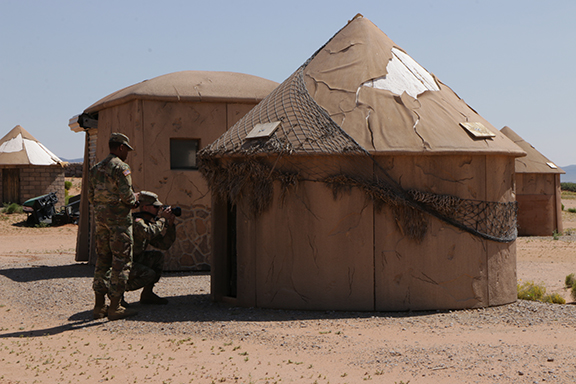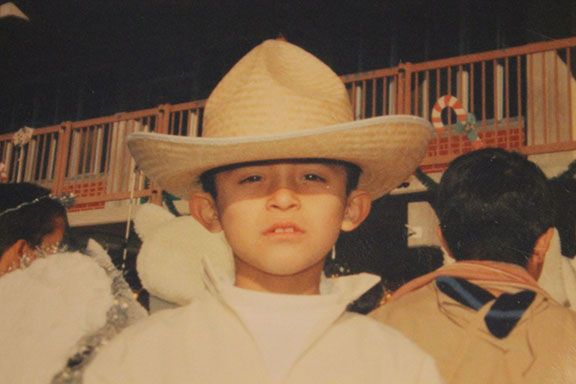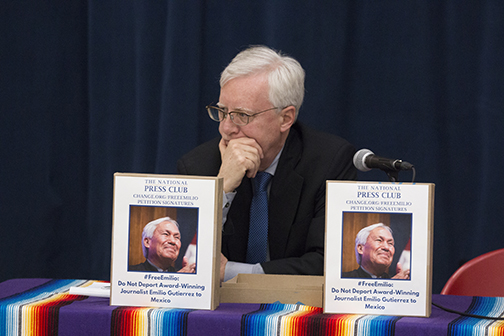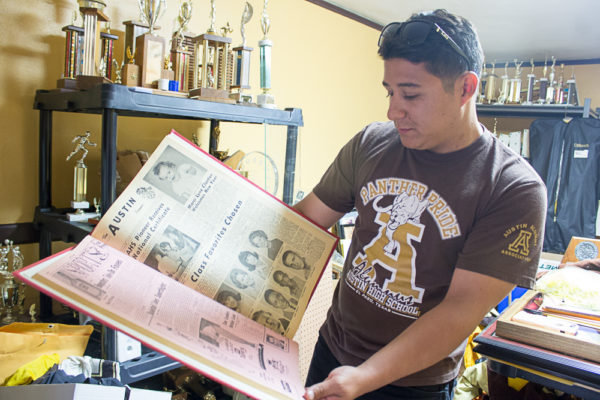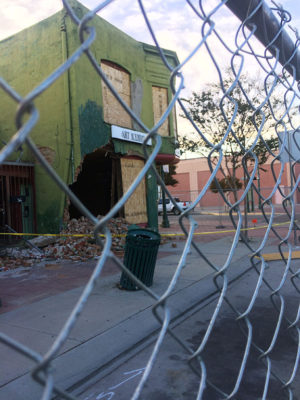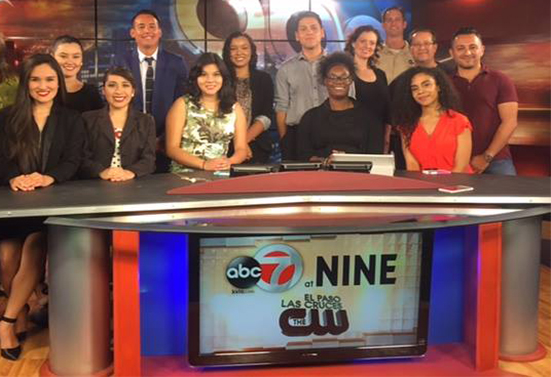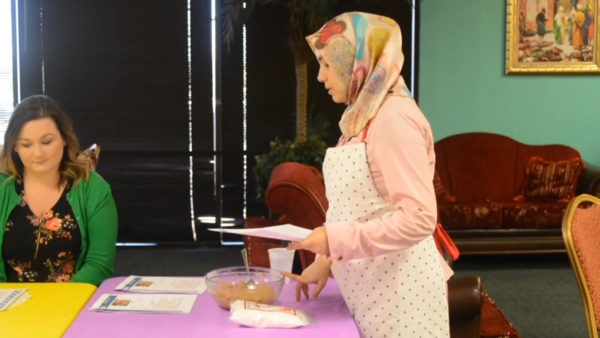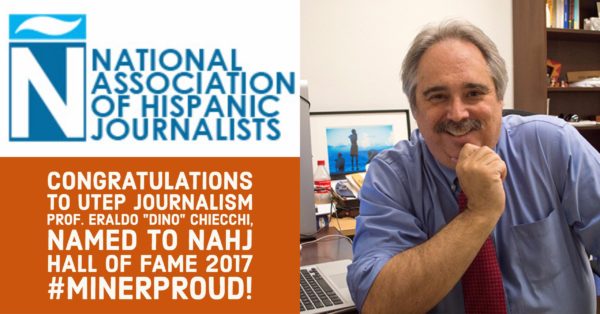U.S.–Mexico border becomes multimedia journalism classroom for Cal State University students reporting from both sides
|
By Julio J. Bermejo
Dominic Torres wasn’t getting what he needed from the interview, and he knew it. Torres, a senior majoring in journalism at California State University, Fullerton, in Southern California, was on the outskirts of Tijuana, Baja California, in November at a residential shelter for child victims of sexual exploitation. He was there to interview “Lucy” (a pseudonym), a 21-year-old survivor of a childhood of abuse at the hands of her father. Her story was to be a central element of the multimedia news package on child sexual exploitation in the U.S.–Mexico border region Torres was assembling as part of his work in the university’s new course, “Specialized Reporting on Minorities of the Southern Border.”
See the stories: California State University Fullerton Reports From The Border
Yet, even though Lucy had agreed to the interview through the shelter director, who sat translating between her and Torres, who did not speak Spanish; even though the camera was trained only on her hands; and even with the promised use of the pseudonym and an offer to alter her voice in the footage, Lucy was reluctant to offer any details of her story. Torres slowly switched off the camera and hung his head in thought.
